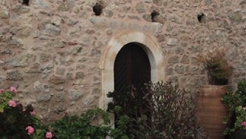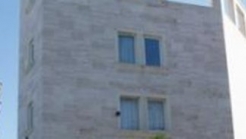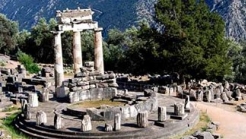

Greece
The Archanes Arachaeolgical Collection was inaugurated on August 21 1993, in the centre of the Archanes town, on the Tzami district.The exhibits are laid out in chronological order.
The Archanes Arachaeolgical Collection was inaugurated on August 21 1993, in the centre of the Archanes town, on the Tzami district.
The museum’s small building, a neoclassic building, was the first public school of the town, which operated until the 1920’s
The exhibits are laid out in chronological order. The first findings are of prehistoric times, from the Fourni cemetery.
The most important exhibit, are probably the various types of clay sarcophagi, even a child’s, and the tombal pithoi, as found with the bones of the deceased in reduced position, not only because a Cretan museum forms an idea on the burial of the dead, but because of the way of their underground exhibition.
Immediately after that, thre are ceramic exhibits from various burial buildings in Fourni, in a variety of shapes.
The ceramic exhibits, also contain 3 pithoi from the temple’s central room. There are also : a mold of the achates stamp the priest wore, and a copy of the copper weapon that was used for sacrifices, bearing an animal headed emblem on both sides.


The Toplou Monastery is historical and dates back to its inception in the 15th century. Collapsed by an earthquake in 1612 and was rebuilt with the financial assistance of the Venetians.


The Folkloral museum of Corinth was founded in 1976, in order to locate, maintain and exhibit folkloral material. The extended collections contain women’s and men’s outfits from many parts of Greece, as well as other handicrafts.


In 1927, the first Delphi Celebrations were organized by Aggelos and Eva Sikelianou. The poet visualized an international centre, where a «league of select few» will meet, just as in ancient times, in order to ease the controversies between nations and to ensure global and permanent peace (Delphic Idea).
1039 Ε 6061 01515 00